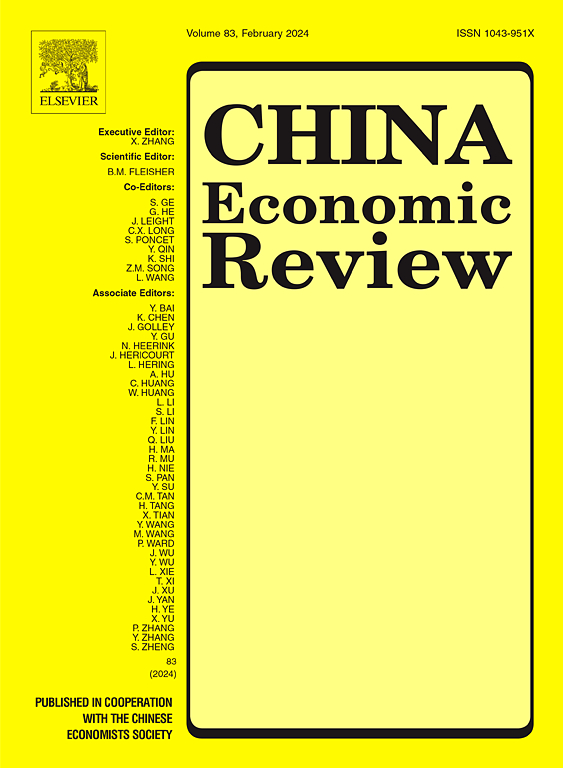The impact of National Volume-Based Procurement policy on healthcare expenditure and provider behavior in China
IF 5.5
1区 经济学
Q1 ECONOMICS
引用次数: 0
Abstract
To curb rising medical expenses, the Chinese government launched a national volume-based procurement (NVBP) policy for high-value medical consumables. This study evaluates its impact on coronary stents, the first targeted category implemented in 2021. Using inpatient records for all percutaneous coronary intervention (PCI) patients in a large pilot city and a time regression discontinuity design, we examined effects on healthcare expenditures, care intensities, treatment outcomes, service volume, and treatment patterns. The results showed a significant 35.2 % decrease in average total expenditure, primarily driven by a 65.4 % reduction in medical supplies and consumables fees. However, the policy also led to unintended provider responses, including increased stents implanted per patient, a 43.3 % rise in weekly service volume, and a higher likelihood of using alternative, costlier treatment patterns. No significant impact was found on 30-day readmissions, but a slight increase in in-hospital mortality was observed. Importantly, analysis by insurance status revealed distinct provider strategies: expanding PCI volume for higher-coverage patients and increasing stent use per procedure for lower-coverage patients. Dynamic analysis indicated sustained reductions in expenditures over time, though effects on care intensities diminished after a few months. These findings suggest that while NVBP effectively reduced patient-level healthcare expenditures, it raised concerns about its broader impact on aggregate healthcare spending and provider behavior.
国家批量采购政策对中国医疗保健支出和提供者行为的影响
为了遏制不断上涨的医疗费用,中国政府推出了高价值医疗耗材的全国批量采购政策。这项研究评估了其对冠状动脉支架的影响,冠状动脉支架是2021年实施的第一个目标类别。利用一个大型试点城市所有经皮冠状动脉介入治疗(PCI)患者的住院记录和时间回归不连续设计,我们检查了对医疗保健支出、护理强度、治疗结果、服务量和治疗模式的影响。结果显示,平均总支出大幅减少35.2%,主要原因是医疗用品和消耗品费用减少了65.4%。然而,该政策也导致了意想不到的提供者反应,包括每个患者植入的支架增加,每周服务量增加43.3%,使用替代的可能性更高,更昂贵的治疗模式。对30天再入院没有发现显著影响,但观察到住院死亡率略有增加。重要的是,保险状况的分析揭示了不同的提供者策略:为高覆盖率患者扩大PCI容量,为低覆盖率患者增加每次手术的支架使用。动态分析表明,随着时间的推移,支出持续减少,尽管对护理强度的影响在几个月后减弱。这些发现表明,虽然NVBP有效地降低了患者层面的医疗支出,但它引起了人们对其对总体医疗支出和提供者行为的更广泛影响的担忧。
本文章由计算机程序翻译,如有差异,请以英文原文为准。
求助全文
约1分钟内获得全文
求助全文
来源期刊

中国经济评论
ECONOMICS-
CiteScore
10.60
自引率
4.40%
发文量
380
期刊介绍:
The China Economic Review publishes original works of scholarship which add to the knowledge of the economy of China and to economies as a discipline. We seek, in particular, papers dealing with policy, performance and institutional change. Empirical papers normally use a formal model, a data set, and standard statistical techniques. Submissions are subjected to double-blind peer review.
 求助内容:
求助内容: 应助结果提醒方式:
应助结果提醒方式:


